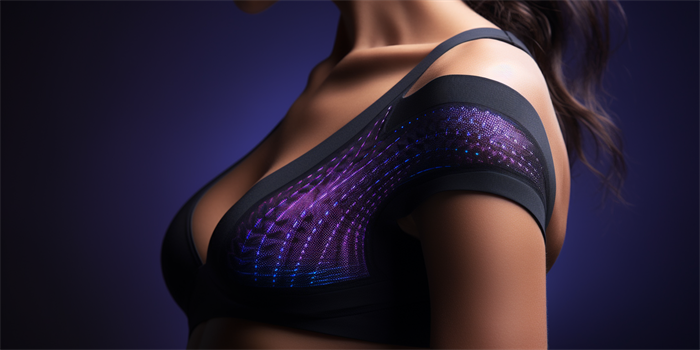Can I Eat Shrimp After Sientra Breast Implants in Westmount?
When considering post-operative dietary choices following breast augmentation with Sientra implants in Westmount, many patients wonder about the safety and advisability of consuming seafood, particularly shrimp. This article delves into various aspects to provide a comprehensive understanding of how shrimp consumption fits into the recovery process.

1. Post-Operative Dietary Guidelines
After undergoing breast implant surgery, it is crucial to follow dietary guidelines that promote healing and minimize complications. Generally, doctors recommend a diet rich in protein, vitamins, and minerals to support the body's natural healing processes. Shrimp, being a good source of lean protein and essential nutrients like zinc and selenium, can be a beneficial part of a post-operative diet. However, it is essential to ensure that the shrimp is thoroughly cooked to avoid any risk of foodborne illnesses, which could potentially complicate the healing process.
2. Potential Allergies and Sensitivities
One must consider the possibility of seafood allergies or sensitivities, which can be particularly problematic post-surgery. If a patient has a known seafood allergy, it is advisable to avoid shrimp and other seafood to prevent allergic reactions that could stress the body or lead to complications. Even if a patient has not previously exhibited allergies, it is prudent to monitor for any new symptoms that might arise after surgery, as the immune system can be more susceptible during the healing period.
3. Food Safety and Hygiene
Food safety is paramount after any surgical procedure. Shrimp, if not handled and cooked properly, can harbor bacteria and viruses that could lead to foodborne illnesses. These illnesses can exacerbate recovery times and introduce unnecessary health risks. Therefore, it is recommended to source shrimp from reputable suppliers and ensure it is cooked to an internal temperature of 145°F (63°C) to kill any potential pathogens.
4. Nutritional Benefits of Shrimp
Shrimp is not only a lean source of protein but also rich in omega-3 fatty acids, which are known for their anti-inflammatory properties. These properties can be particularly beneficial in the context of post-surgical recovery, helping to reduce inflammation and support the healing process. Additionally, shrimp contains essential minerals like iodine, which is crucial for thyroid function, and vitamin D, which aids in calcium absorption and bone health.
5. Consultation with Healthcare Providers
Before incorporating shrimp or any new food into the diet post-surgery, it is advisable to consult with the healthcare provider who performed the Sientra breast implants procedure. They can provide personalized advice based on the patient's medical history, current health status, and the specifics of the surgery. This consultation ensures that any dietary choices align with the overall recovery plan and do not interfere with the healing process.
FAQ
Q: How soon after surgery can I start eating shrimp?
A: It is generally recommended to wait until any post-operative dietary restrictions are lifted, which is typically after the initial healing phase. This period can vary, so it is best to consult with your healthcare provider.
Q: Can I eat raw shrimp after breast implant surgery?
A: No, raw or undercooked shrimp should be avoided due to the risk of foodborne illnesses. Always ensure shrimp is thoroughly cooked before consumption.
Q: Are there any specific types of shrimp I should avoid?
A: It is best to avoid shrimp that is not sustainably sourced or comes from areas with known contamination issues. Opt for high-quality, responsibly sourced shrimp to minimize health risks.
In conclusion, while shrimp can be a nutritious addition to a post-operative diet after Sientra breast implants in Westmount, it is essential to consider factors such as allergies, food safety, and individual health needs. Consulting with healthcare providers and making informed choices can help ensure a smooth and healthy recovery.





